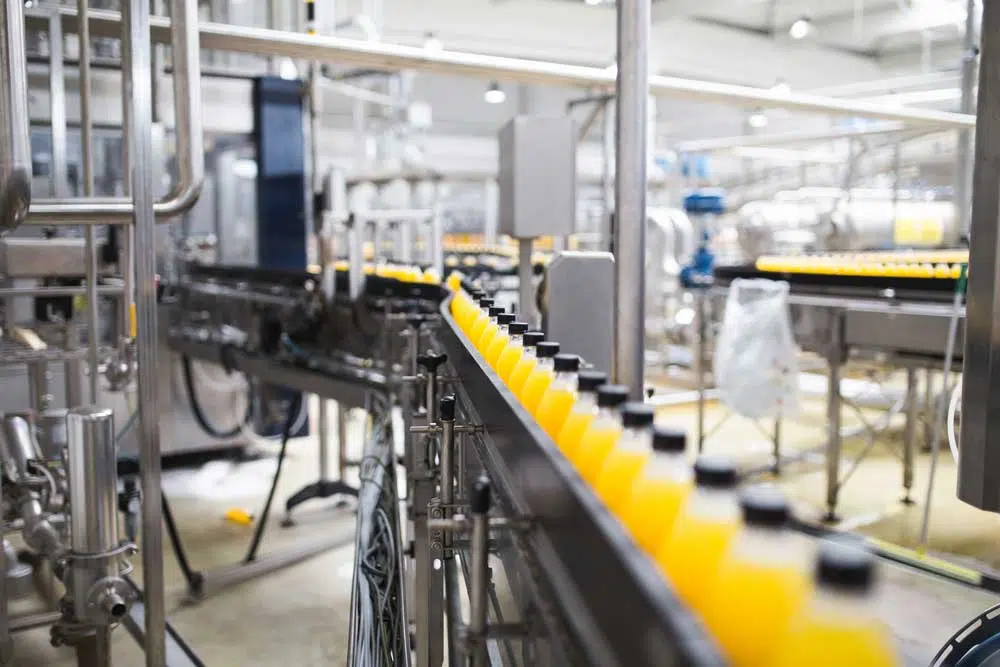By Scott Dalgleish, CEO of Phase IV Engineering
Bilocation: the state of being or ability to be in two places at the same time. (Merriam-Webster’s Dictionary)
Don’t you sometimes wonder, when you’re sitting in a meeting, about what you might be missing outside the meeting? I think this is especially true for managers in manufacturing, as there’s so much happening on the production floor. When I started my career as a shift manager at a major coffee processing plant, I once came back from an afternoon of meetings to find out my production line had been down almost the whole time. The line technicians could have paged me, of course (this was the “olden days,” pre-cellphone), but they told me they kept thinking they had it almost figured out. As it happened, I had seen the problem before on a different shift and had it fixed in just a few minutes. At the time, the estimate was that downtime costs ran $2,000 per minute, making it a very expensive afternoon of meetings. It was definitely one of those times in my career when I wished for the ability to be two places at once.
I know from talking to our Phase IV clients through the years that this is a common, and frustrating, occurrence. The $2,000 per minute cost at the coffee plant years ago is now something like $6,000– or more, depending on the industry. A recent survey of the auto manufacturers, for example, put the cost of downtime at an average of $22,000 per minute. Minimizing downtime is crucial for any plant. Phase IV may not be able to make bilocation possible, but we have developed a wireless sensor node that combines a production counter and downtime monitor that will send an alert via text, phone, or email if the line is down – for way less than the $20,000+ cost of a lost minute of production.
How Our Production Counter & Downtime Tracking Sensor Works
Our production line monitoring sensor uses a photoelectronic beam proximity sensor to count and timestamp products as they pass by on a conveyor. Edge computing at the sensor node then calculates the time increments between the products as they pass. The data is transmitted wirelessly via a gateway to software. You can then see real-time data on both production count and time intervals. Or, you can download the data to a spreadsheet for in-depth analysis. If too long of an interval goes by without sensing another product, the system will send an alert. You determine the interval that works for you, whether it’s one minute or one hour.
Features of the Production Counter & Downtime Tracking Sensor
Other features include:
- The sensor transceiver node comes factory preconfigured for easy installation. You can be up and running in less than 10 minutes.
- A simple push of a button on the node resets the counter for the next shift for accurate shift transition counts.
- Percentage display option shows progress towards shift production goal. Know at a glance if you are on track.
- The ability to export shift data to a spreadsheet for review. Get insight into processes and downtime to look for improvement opportunities.
This is the only production line monitoring sensor currently available that combines all these features on one sensor node.
How the Production Counter & Downtime Sensor Helps Increase Overall Efficiency Effectiveness (OEE)
One of our clients, a manufacturer of retail display racks, wanted to set up a part counting system that was automatic & accurate to calculate throughput rates. In addition, they wanted to know the production rates of different part size. Finally, they wanted to receive downtime alerts after two minutes of inactivity, so that they could quickly address the downtime. The manufacturing engineer told us, “By using the Leap production & downtime monitoring sensor, we were able to see exactly how shift changes and breaks impacted our operational efficiency. We were also able to establish production rates for our various products, which really helped our material and labor planning.”
Part of the Breakthrough Leap Sensors System
The production counter & downtime sensor is part of our Leap Sensors system, designed from the ground up to meet the specific, demanding needs of industrial users. Features include:
- The ability to add more sensors as needed. New sensors are also pre-configured to integrate themselves into the system automatically and seamlessly.
- Two-way communication between the sensor and the software makes over-the-air updates painless. No need to worry about obsolete systems.
- Option to use our cloud-based software OR integrate with existing SCADA systems so you can get crucial data in the way that works best for you.
- Expert guidance to configure your system and support you through the set-up process – and beyond.
With features like this, it’s no wonder it’s become one of our most popular products. One of our clients told us, “It’s like x-ray vision combined with a crystal ball!” We’ll get to work on bilocation next.
